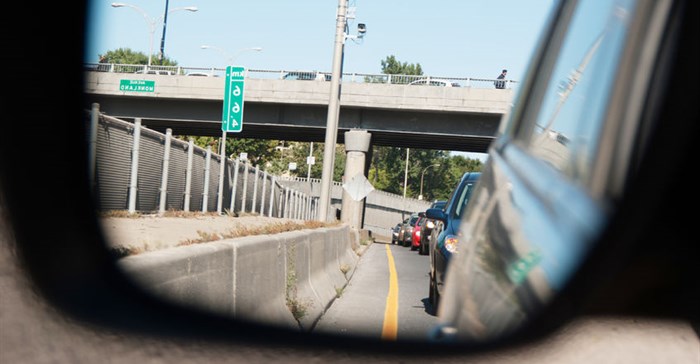
This national increase in traffic congestion brought on by growing urbanisation can be addressed by creating additional business hubs or so called ‘sub-cities’ outside of the country’s central business districts (CDBs).
This is according to Sheldon Jennings, architect at MaC Architects – a sustainable architecture consultancy in the country - who says that responsive urban planning is the key to ease the traffic congestion: “Urbanisation has led to towns with core CBDs and main transport arteries flowing outward to suburban areas. A growing population and an influx to the metros means that this is not a sustainable long-term model for city planning.”
He adds that the development of sub-cities is a sensible means to ease pressure on the main transport arteries, but that the process must be aided by the rezoning of land for mixed-use developments and supplemented by the upgrading of municipal services. “This will ensure that municipal services are not put under too much strain and allow for the development of ergonomic sub-cities.”
South African cities are typically not as dense as those seen abroad as residential zones stretch for kilometres outside of the CBDs, catalysing the need for more of the population to travel using private transport, he adds. “In addition to this, property prices in the main cities make it inaccessible to the majority of the workforce, meaning the daily commute from surrounding areas adds to the traffic congestion.”
Jennings comments that the creation of sub-cities with their own business districts will happen naturally as the congestion of metros worsen, but that municipalities must monitor and manage the process carefully. “Incorporating more mixed-use zonings into the far-reaching residential zones will bring work closer to home and localise travel. To stay abreast of natural urban trends, municipalities appoint urban planners to guide them in the rezoning and redesigning of areas, but not often enough are their proposals and suggestions backed with tangible action.”
Potential areas for denser sub-city developments would require the relaxation of building height restrictions, the upgrading of transport interchanges for efficient public use, and the cohesion of open spaces to form a meaningful civic space, he explains. “It is critical for municipalities to take heed of urban trends and to react by zoning areas for mixed-use. This will allow, for example, the creation of outdoor social spaces such as public squares, and the localisation of travel between work and home.”
Jennings says that additional nodes of commerce and industry are already emerging across the country. “Prime examples of sub-cities that have developed in addition to CDBs over the past decade include Sandton City and Melrose Arch in Johannesburg as well as Century City in Cape Town.”
There is however scope and a need for the formalisation of additional nodes of commerce and industry across the country, based on existing patterns of use, he says.
“To reduce the strain put on the city's transportation and other municipal services, every ward in the greater urban scheme should ideally have a primary civic node identified and further developed, while maintaining yet not adding to the density of the primary CBD” concludes Jennings.